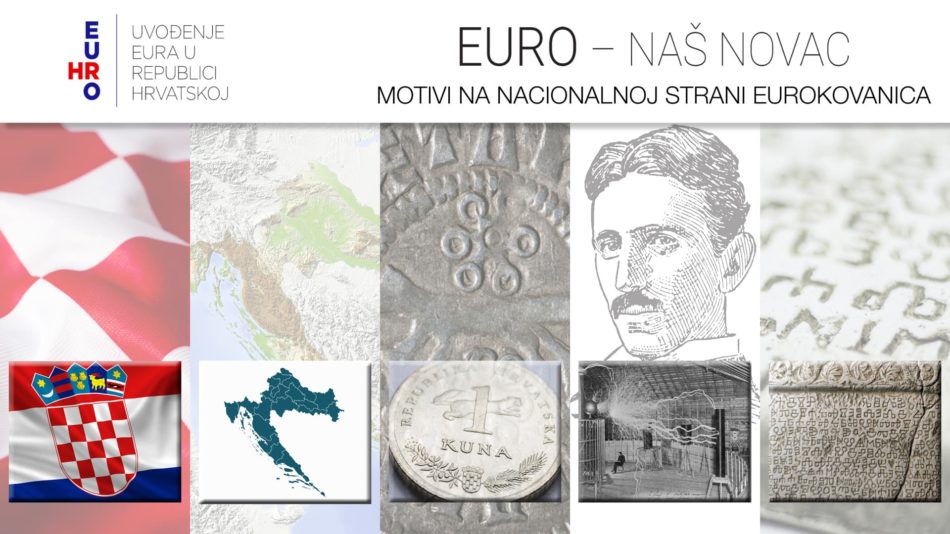
2023 croatian euro coins unveiled and already a controversy
- July 24, 2021
- by
- Pierre

Lats update 01/11/2022 – At the meeting on July 21th 2021, the Monetary Commission of the Croatian National Bank prepared the final proposal for the future Croatian euro coins, which will be submitted to the European Union. It will first be examined by the Croatian National Council as part of Croatia’s changeover to the euro. The final choice will be made by the Croatian government.
The croatian coat of arms will be common graphic element to all coins. In addition, a map of Croatia, a marten, Glagolitic script and Nikola Tesla will be the proposed themes for future coins.
The different designs will be distributed as follows:
- On the two-euro coin there will be a geographical map of Croatia
- On the one-euro coin, the motif of a marten will be represented
- On the coins of 10, 20 and 50 cents Nikola Tesla will be represented
- On the coins of 1, 2 and 5 cents a glagolitic motif will be struck
The basic selection criteria among the different themes were the eligibility of the motifs for most of the audience (regardless of regional affiliation, age, worldview, or political orientation) and its effectiveness as a national symbol (a high degree of identification for the general public).
The Croatian government submitted the designs for the future Croatian euro coins on December 7th, 2021 (document 14777/21). However, this project was withdrawn from the European validation process a week later by the Croatian government, without specifying the reasons for this withdrawal. In addition, the Croatian National Bank had asked the Secretary General of the Council of the European Union that the initial drafts not be disclosed to the public.
On 02/04/2022, Croatian euros design unveiled by the Croatian government (click here)
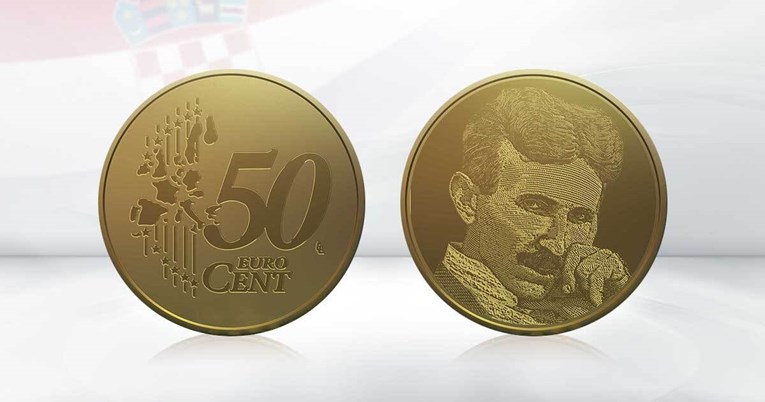
unofficial design of future croatian 50 cents coin (sources: index.hr et 123rf)
The selected themes in more detail
Croatian coat of arms (element of the national side of all coins)
The popular Croatian coat of arms is the most prominent part of the coat of arms of the Republic of Croatia. The Croatian flag is the only one in the world that has a specific and recognizable checkerboard pattern. It is a historical coat of arms that appeared at the end of the 15th century.
In the last decades, the Croatian red and white chessboard has gained worldwide recognition through sports, becoming the most famous Croatian visual identity, mainly through the shirts of Croatian athletes, especially in soccer.
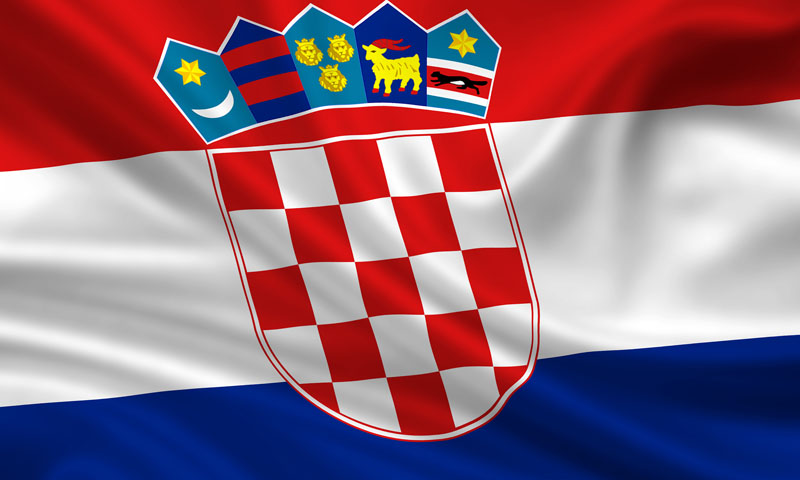
Map of Croatia (national side 2€ coin)
The map is the simplest representation of the territory and borders of Croatia, which became a new reality on the map of Europe with international recognition in 1992.
The marten (national side 1 euro)
The Republic of Croatia introduced the marten as the national currency in May 1994. Kuna zlatica is the common motif of all current coins. This fast-moving animal is a symbol of Croatian monetary history.
Its fur or “kunino” was used as a means of payment for taxes. It was used in the Middle Ages for this purpose in Slavonia, Primorje and Dalmatia. Later, it became a monetary accounting unit, and then the currency in the modern sense of the word.
In addition, the figure of the marten was on a Croatian coin in the first half of the 13th century. This animal played an important role in Croatian monetary and fiscal history.
Nikola Tesla (national coins of 10-20 and 50 €cents)
Nikola Tesla, an American and Croatian inventor of Serbian origin, was born in Smiljan on July 10, 1856. Since 1884, he lived and worked in the United States. He died there in 1943. He filed 112 patents in the United States and 125 patents in other countries. He carried out theoretical work that created the conditions for the electrification of the world, and worked in the field of high-frequency currents and in the field of wireless transmission of electromagnetic waves. He participated in the development of radio and telecommunication techniques. One of his most famous inventions is the Tesla transformer, or “Tesla coil”. Tesla invented it in 1891 and it was designed to create very high voltages, of a high frequency for an alternating electric current.
Thanks to Nikola Tesla’s patents, the second oldest hydroelectric power plant in the world started operating in 1895. It is the hydroelectric power plant “Krka” in Šibenik. At the 11th General Conference on Weights and Measures in 1960, the name Tesla was adopted as the unit of measurement for the magnetic induction unit.
Glagolitic writing (national face of 1, 2 and 5 cent coins)
The Glagolitic writing is the oldest Slavic writing. It is, with Cyrillic, one of the two Slavic languages. Although it is based on Greek models, Glagolitic script was probably conceived by the philosopher Constantine (St. Cyril) in order to spread Christianity among the Slavic peoples.
Croatians started writing in Glagolitic script in the second half of the 9th century. Since the end of the 12th century, they are the only population that uses and develops Glagolitic writing.
Only 28 years after the completion of the Gutenberg Bible, in Croatia, in 1483, a missal was printed in Glagolitic script. It was the first missal in Europe. Glagolitic script was used in Croatia until the first half of the 19th century.
It is an important part of the Croatian identity.
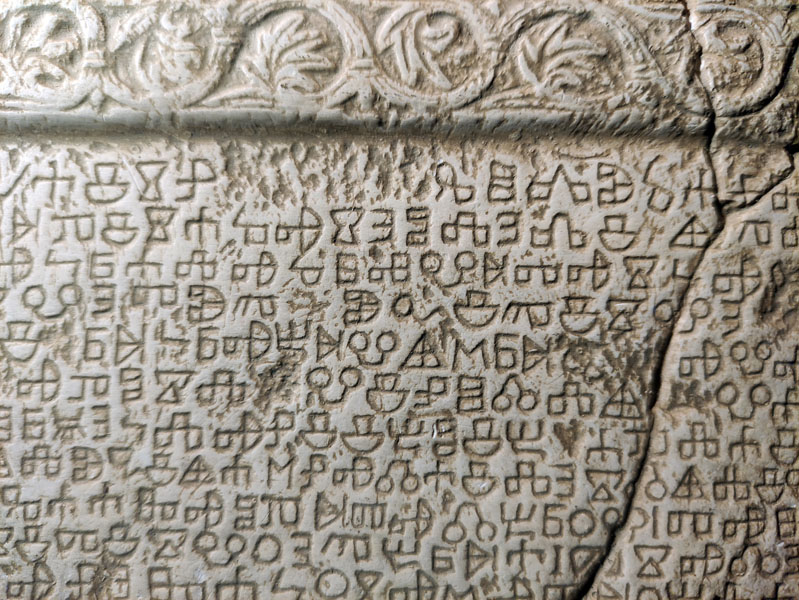
A controversy between Serbia and Croatia
on the choice of Nicolas TESLA
The National Bank of Serbia believes that the possible choice of Nikola Tesla’s image on the national side of the euro coin would be an appropriation of the cultural and scientific heritage of the Serbian people, if Croatia becomes a member of the euro zone in the near future.
A Serbian official told the Telegraph that it is “indisputable for the Bank of Serbia that the famous scientist declared himself to be Serbian by origin. In this regard, it is quite certain that appropriate actions would be taken with the relevant EU institutions to raise the irregularity of such a proposal, if it were effective”.
For this reason, it is feared that the design of the 10, 20 and 50 cent coins will be changed before the actual minting of the coins begins.
A top senior executive of a european Mint recently told us that the choice of coins themes is becoming more and more difficult for the national mints, especially since within the euro zone, any change of national face must be unanimously agreed by the other members.
In this case, the situation is a little bit particular insofar as Serbia is not part of the European Union. It will not have to vote to validate the choice of Croatia, concerning TESLA. However, the European Union could take a political decision in favor of Serbia in order not to offend a state that is knocking at the door of Europe to join in 2025…
Sources: euro.hnb.hr, TELEGRAPH, DULIST and NUMISMAG
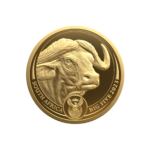
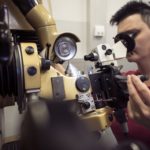
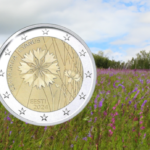
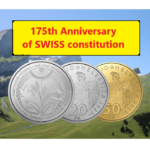
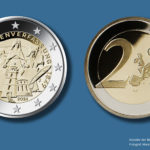
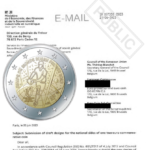
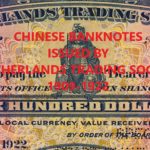
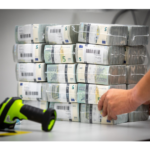
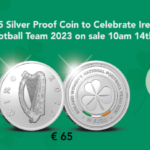
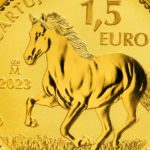


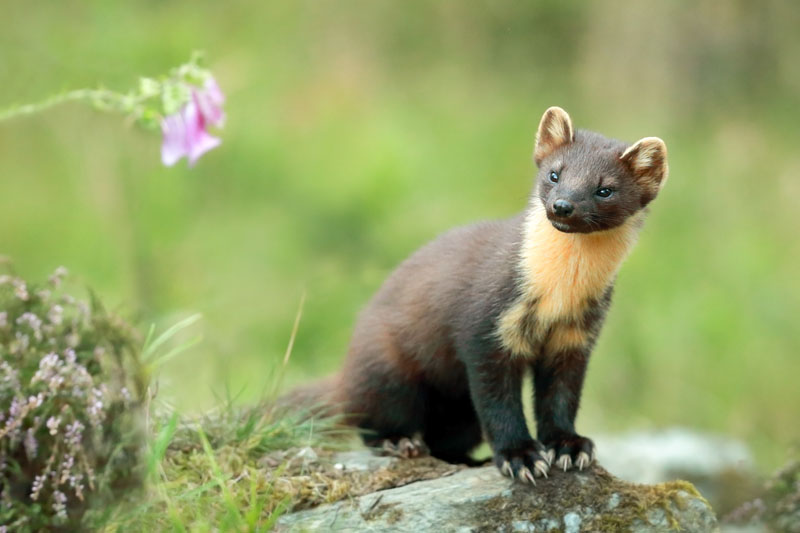
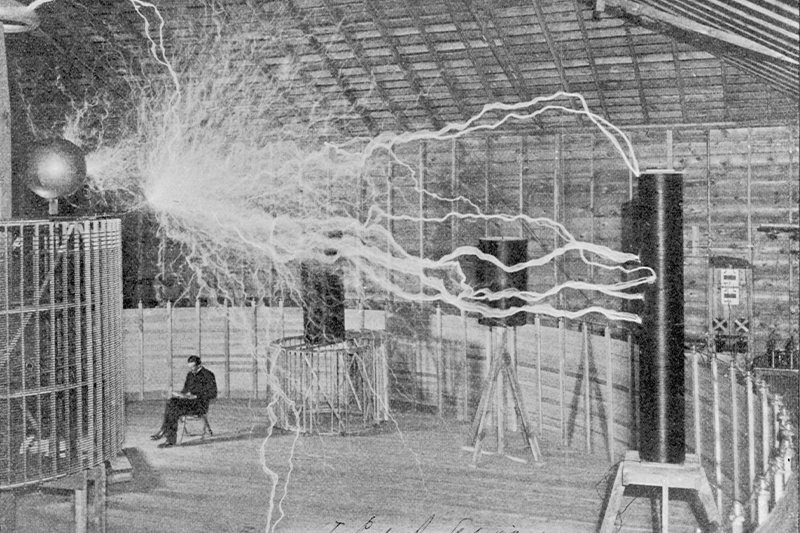
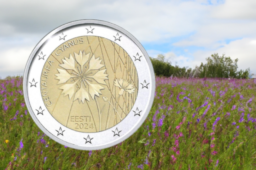
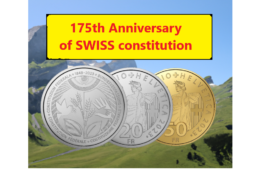
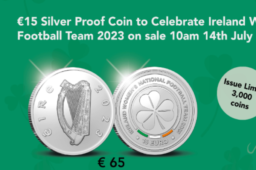
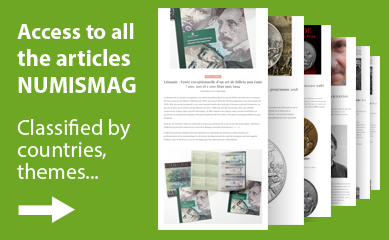
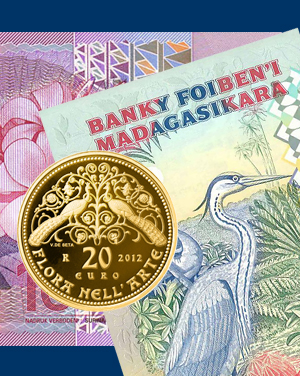
5 Comments
David Roseveare
31st Jul 2021 - 19 h 47 minIt’s a pity that politics can be allowed to interfere with a country’s currency proposal.
Pierre
1st Aug 2021 - 18 h 00 minDear David,
And as an executive of a european mint told us it is becoming worst and worst.
Best regards
Team NUMISMAG
Bojan Sumonja
14th Jan 2022 - 16 h 28 minI was kind of suprised and puzzled when Nikola Tesla was announced as the choice od the 10 to 50 cent coins. It is a bit wierd to just put him on our future euro coins without some consideration on the (valid) objections of the other side. On that note neither croatia or serbia have any right to claim that they own Nikola Tesla as his inventions have been to the benefit of the whole world and really USA has just as much claim to him as both of our nations…
Still waiting for the first versions of the designs of the coins to be revealed….
M.
19th Apr 2022 - 16 h 59 minThe man is not a Croatian inventor (the country did not exist for 900 years), he was born in Austrian Empire to Serb patriotic family, his father being Serbian Orthodox priest and his family roots in Raška region, where the Serbian state originated. Not to mention that half a dozen members of the Tesla family were killed by the Croatian Ustaše regime.
It is not politics, it is about respecting someone’s heritage and what is morally right.
George Pas
13th Jul 2022 - 13 h 09 minDate of Birth: 10 July, 1856
Place of Birth: Smiljan, Austrian Empire ( now Croatia)
Date of Death: January 7, 1943
Place of Death: New York City, New York, U.S.A.
Researches showed that Nikola Tesla was so-called Morovlach or Istro-romanian ( romanian ethnic group ) , of Romanian orthodox origin. His Parents : Milutin Teslea ( serbian TESLA ) and Gica Mandici.
Nikola Tesla declared himself as Serbian . In a letter to the Croatian politician Vladko Macek, he writes:
“I am equally proud of my Serbian origin and Croatian homeland.”
Probably the imperial Austrian education was the deciding factor in his awakening as a genius, so probably those imperial educators deserve a big chunk of the merits.
He was from an area in Empire of Austria, now Croatia, where Morovlachs /Istro – romanians lived. These were romanian – orthodox, and were known to choose Serbian identity in Croatia, in the times before their quasi total extinction by assimilation. So this explains the “Serbian priests” side of the father.
For Tesla himself, he was so deep in the very mysteries of the Universe, that he hardly seems to have payed attention to these superficial ethnic identification, and probably used the comfortable approach of identifying to what people preferred him to be. This was croatian, serbian — while there are serious records, among others from the famous romanian scholar, Henri Coanda, that Tesla was fluent in Romanian, with some estraneous accent, and he declared that to be his mother tongue, in the very literal sense: the romanian language learned as child from the mother.